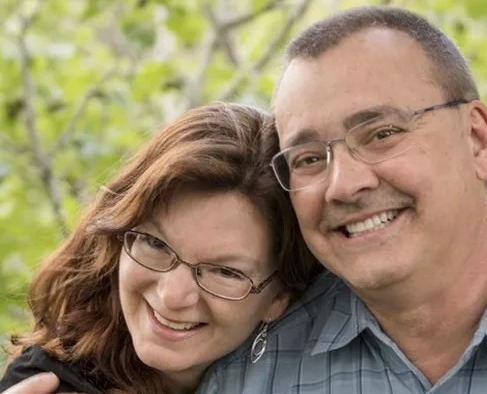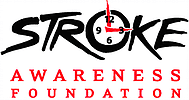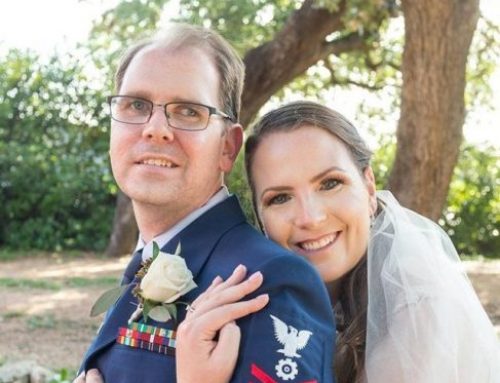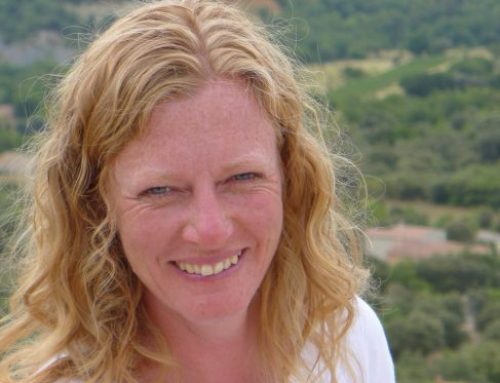 Bruce Yale’s story of stroke survival reads like a fast-moving script into the future. One minute, he was kneeling in his living room watching family videos with his wife and teenage daughter. The next, he was being rushed on a gurney to a CT scan while a neurologist interfaced with the hospital’s onsite stroke care team via live video.
Bruce Yale’s story of stroke survival reads like a fast-moving script into the future. One minute, he was kneeling in his living room watching family videos with his wife and teenage daughter. The next, he was being rushed on a gurney to a CT scan while a neurologist interfaced with the hospital’s onsite stroke care team via live video.
Bruce’s signs of stroke struck quickly on October 29, 2016—the same day, he ironically notes, as World Stroke Day. “I was having a great time with my wife and daughter and when I went to stand up, the room went white,” says the 57-year-old father of three. Bruce recalls blurred vision, feeling dizzy, and not being able to hold himself up with his left arm or speak. His wife immediately called the advice nurse at Kaiser Permanente to report Bruce’s symptoms. Within 10 minutes, the Yales were in the parking lot at Kaiser Permanente Santa Clara Medical Center, a certified Primary Stroke Center (PSC).
As a PSC, Kaiser Santa Clara is staffed with skilled medical professionals from technicians to neurologists highly trained in stroke care. Kyle, who came to the vehicle with a wheelchair, is one medical staff member Bruce says he’ll never forget. As Bruce lifted himself from the car, he collapsed into the wheelchair and showed signs of facial droop and slurred speech. “Within 30 seconds of the stroke alert being called, it was like Kyle yelled ‘free food!’ Everyone was there. They all just ran over,” chuckles Bruce between strong emotions. “The team acted extremely fast.”
Aiding in the stroke team’s ability to get Bruce the treatment he needed as quickly as possible was Kaiser’s innovative on-call teleneurologist technology, which is a key component to the organization’s Stroke EXPRESS program—Expediting the Process of Evaluating and Stopping Stroke. Real-time video technology allowed Permanente Medical Group Chief of Neurology Dr. Jeff Klingman to work remotely with the team to assess and treat Bruce for stroke, including administering the clot-busting drug tPA all within an estimated 20 minutes of Bruce arriving at the hospital.
After just three days, Bruce was released from the hospital. He has recovered with minor deficits in his left leg and exercises regularly to build strength. Bruce’s stroke advice to others is simple: “Time is critical. Don’t be afraid to call wolf. Treat symptoms seriously.”



